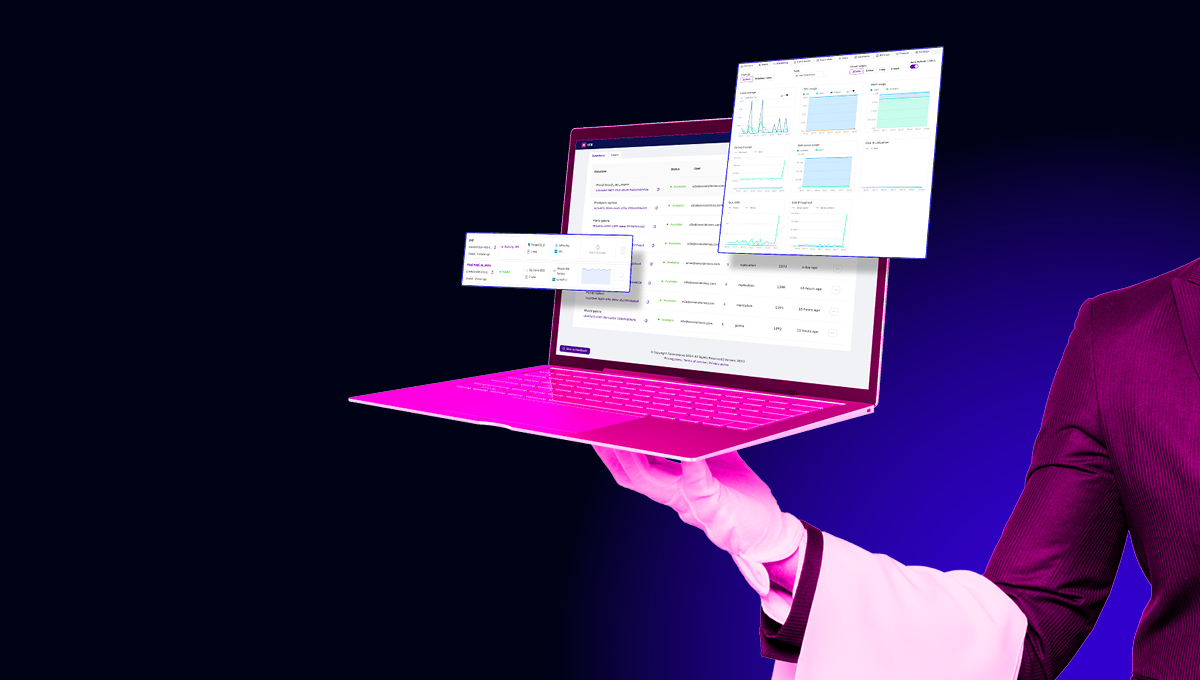blog
Popular DBaaS: An Overview

There are a bunch of database-as-a-service (DBaaS) solutions out there. Some of them are good, some better than others, some popular, some less so. In this blog post we will go through a bunch of popular database-as-a-service solutions and tell you how CCX developed by Severalnines competes against them.
What are Some of the Popular DBaaS Solutions?
Before telling you how CCX developed by Severalnines fares against other DBaaS solutions, we need to actually tell you what some of the popular DBaaS solutions are. So if we would list some of the DBaaS solutions in no particular order, we would have:
- Amazon RDS – Amazon’s Relational Database Service (RDS) solution is a DBaaS solution from Amazon.
- Google BigQuery – Google’s BigQuery solution is a part of the Google Cloud platform supporting the querying and analysis of enterprise data.
- Google CloudSQL – Google’s Cloud SQL is another DBaaS from Google with the capability and functionality of MySQL.
- Azure Cosmos DB – Microsoft’s Big Data analysis platform. It’s a NoSQL DBaaS.
- MongoDB Atlas – a DBaaS from MongoDB supplying users with database monitoring and optimization capabilities.
Obviously there are a bunch of other popular DBaaS solutions that you can use, but for the purposes of this blog post, those mentioned above will do. In general, when you use some of the popular DBaaS solutions, you will see a trend – it’s usually used for big data, database monitoring, optimization or other things. This is where CCX developed by Severalnines comes into play – it’s a fully monitored DBaaS from Severalnines. In other words, it is a fully managed database service built on top of the powerful ClusterControl platform.
CCX vs. Other Popular DBaaS Solutions
Now that you know what are some of the popular DBaaS solutions, you should probably know how CCX by Severalnines fares against them. Here are some of the features offered by CCX:
- CCX provides you with unparalleled database automation and management capabilities to provide the ease of management of open source databases and database clusters.
- One of the features of CCX is the self-healing functionality meaning that it can detect node anomalies and failures, and, when they occur, automatically switch to available nodes.
- Traffic management – ProxySQL available in CCX provides you with unparalleled traffic management capabilities by default.
- Security – advanced user management capabilities offered by CCX ensure that databases and their data can only be accessed by authorized users.
- Monitoring – CCX also provides advanced database monitoring capabilities including query monitoring, system monitoring, statistics and load balancers.
- Disaster recovery – when you are using CCX you are in safe hands. CCX takes database backups daily and incremental backups hourly meaning that there is very little chance of something going awry even when your database is not performing at its very best.
Here’s how CCX looks like once you first log in to the service:
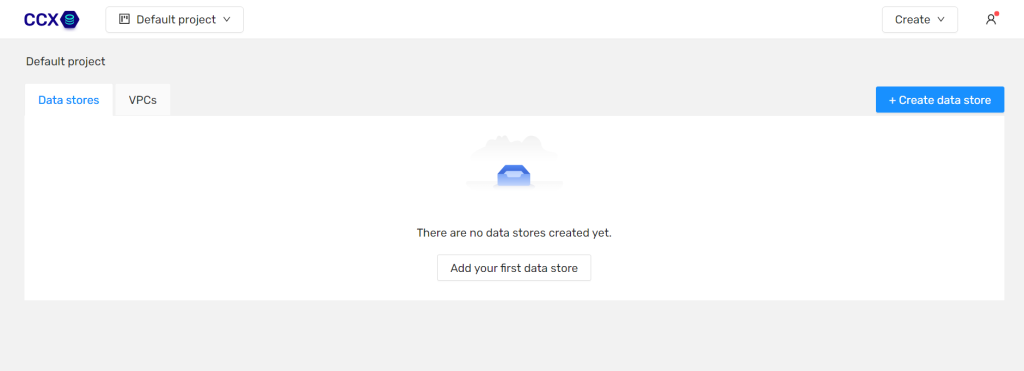
Once you log in, you are free to add your (first) data store. Enter your data store name, appropriate tags and select your database vendor:
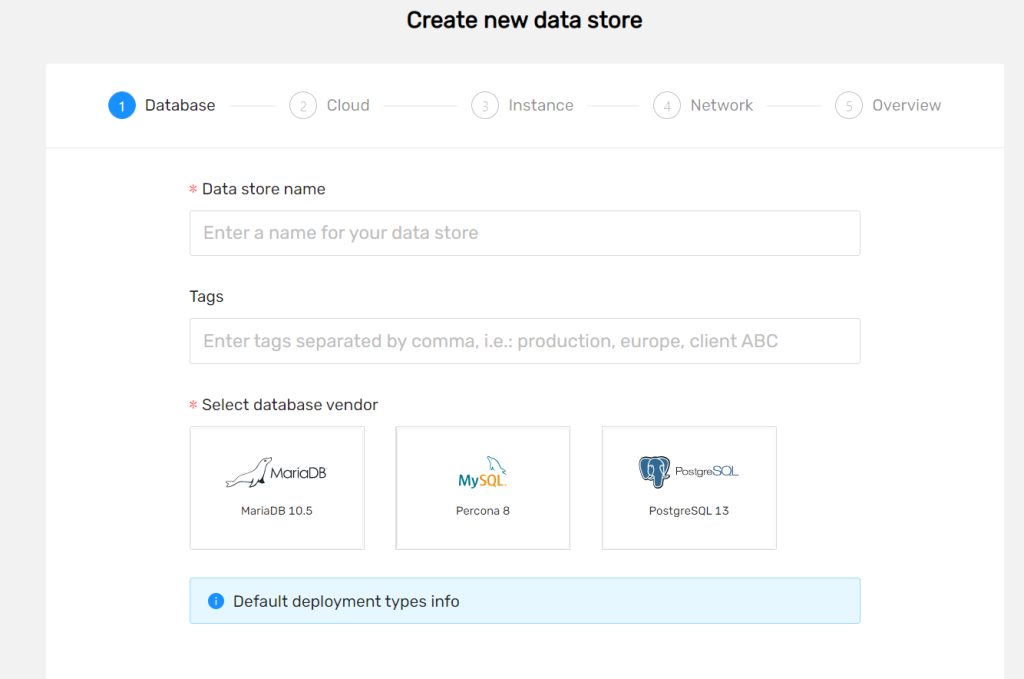
Select the number of nodes:
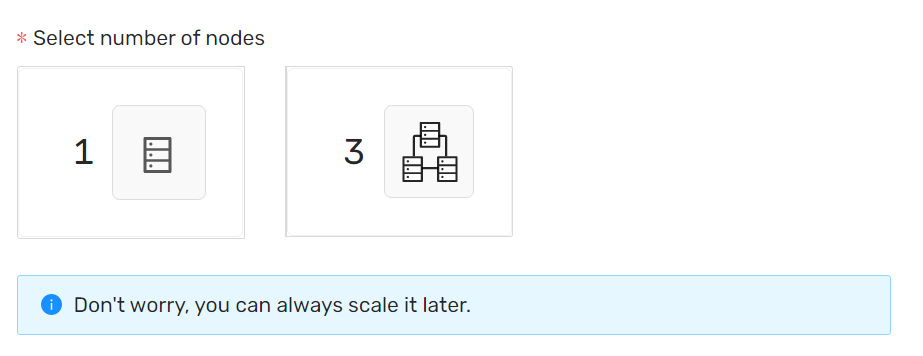
Select a cloud provider and the region you want to use:
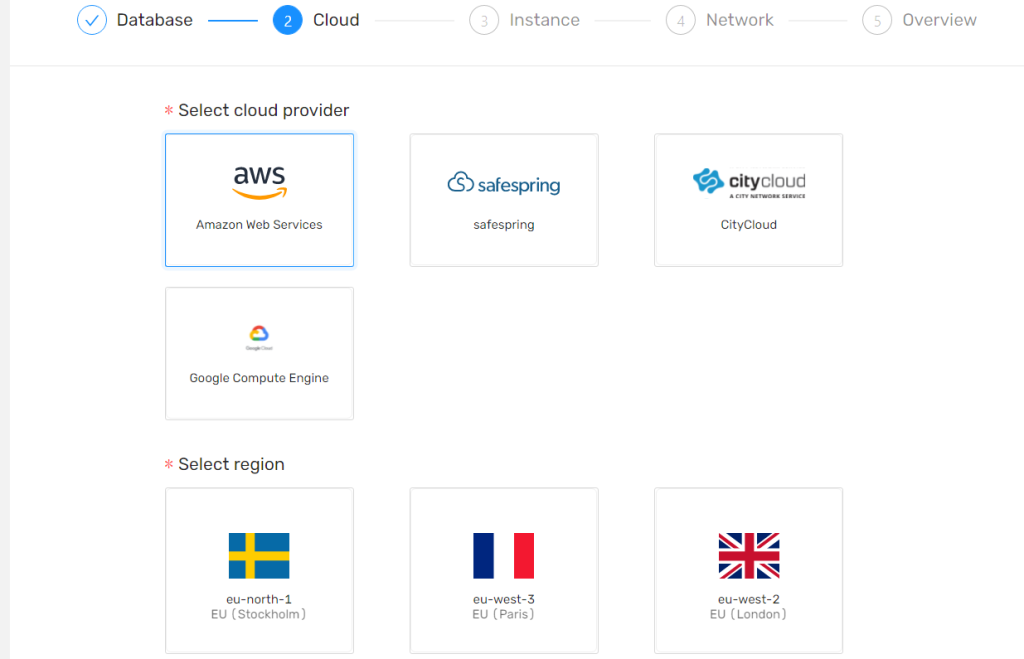
Select your instance size:
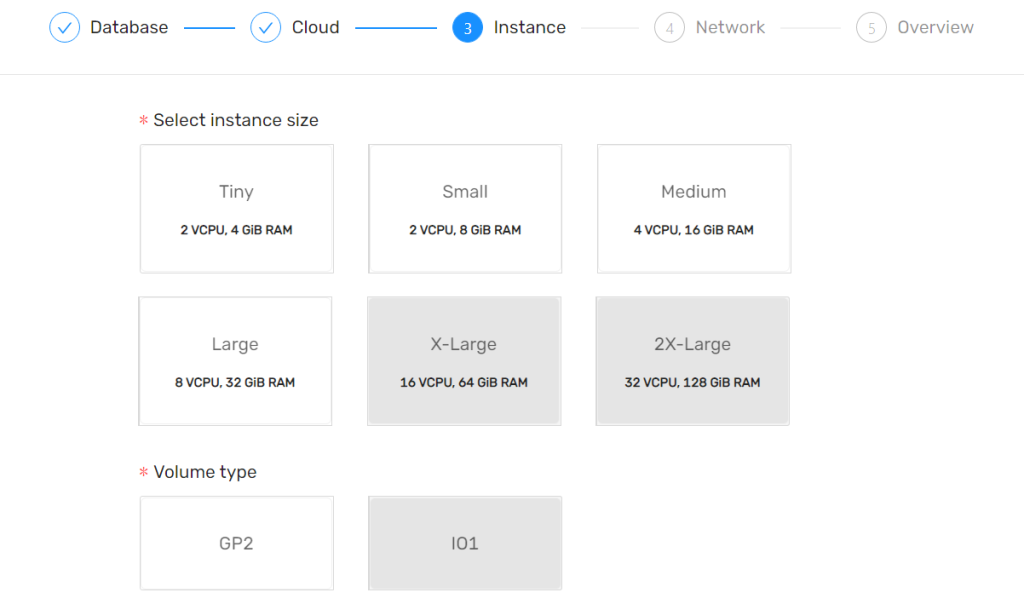
Afterwards, set up your network settings:
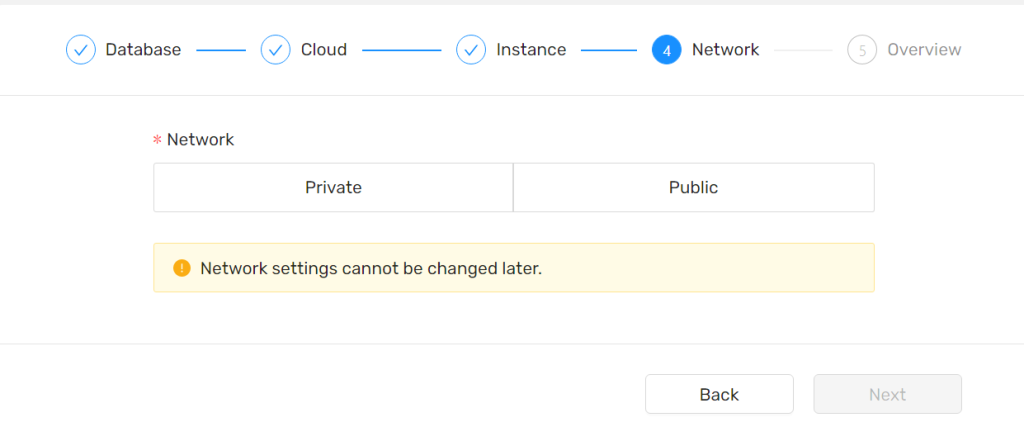
Finally, view your setup and create the data store:
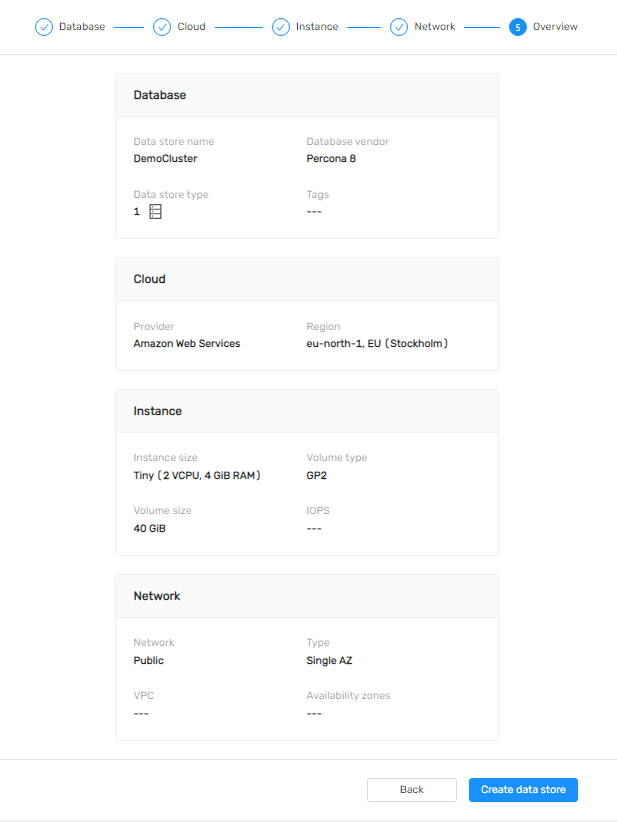
Finally, click “Create data store” and you should be good to go!
Summary
There are a couple of popular DBaaS solutions that can be used to achieve a number of different things on all kinds of database instances. CCX however is a bit different than all of them – it can provide you with everything from traffic management to monitoring, improving the security of your database instances and disaster recovery. If you have not yet taken CCX for a spin, be sure to do that today

